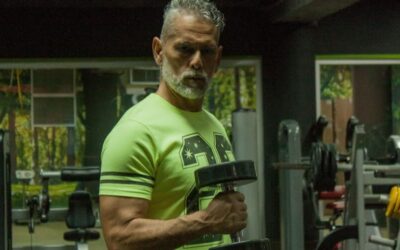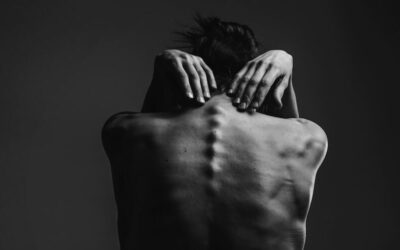Written by Dr. Justin Ternes
Living with pain can turn from an annoyance into a nightmare in the blink of an eye. When this pain shifts into a higher level of intensity, we have the tendency to fight back. So often we find that the pain fights back more and typically wins. But this can change. What if I were to tell you that you have the ability to turn this into a positive experience? The key is learning how to dance with your pain rather than fighting your pain.
Pain and Decreased Movement
One of the most common side effects of having pain is decreased movement. You don’t typically think of this as a “side effect,” but the negative consequences of moving less are vast. When we decrease a particular movement, for example reaching over head, we are not only decreasing the amount of movement in the shoulder, but also less movement in the spine, less movement in the neck, even less movement in the feet as a chain reaction of shoulder pain.
The dance comes down to this: moving as much as possible without bringing on painful symptoms. It also comes down to doing some investigative work. If your shoulder hurts when you reach straight up, what happens if you reach up and out a little bit? If that hurts as well, try reaching out and up while turning your palm up. Better? If yes, then you have now successfully danced your way into more movement without pain. This applies to every joint in the body at any intensity of pain. If you are in a lot of pain with small movements, then you can perform a small dance. This will help you more than not dancing at all.
To continue with a few more examples on how to “dance” with your pain, consider low back pain with walking. Try squeezing your stomach during gait. Maybe taking smaller or bigger steps will take a little less pressure off the back. Try leaning slightly forward, standing up a little more upright, or even rotating your shoulders a little more with each step. The key is to try as many different variations in your movement. You do not know the correct steps to your dance until you try. The more you explore your movement and your pain, the most specific your dance will become.
The dance is in all of us. The difficulty is giving our bodies a chance to show that there is more to movement that we think. I challenge you to take some extra, precious time to listen to your body the next time you experience pain. Dance with it.
![dancing-with-pain[1] dancing with pain](https://www.risephysicaltherapy.com/wp-content/uploads/2023/04/dancing-with-pain1.jpg)


